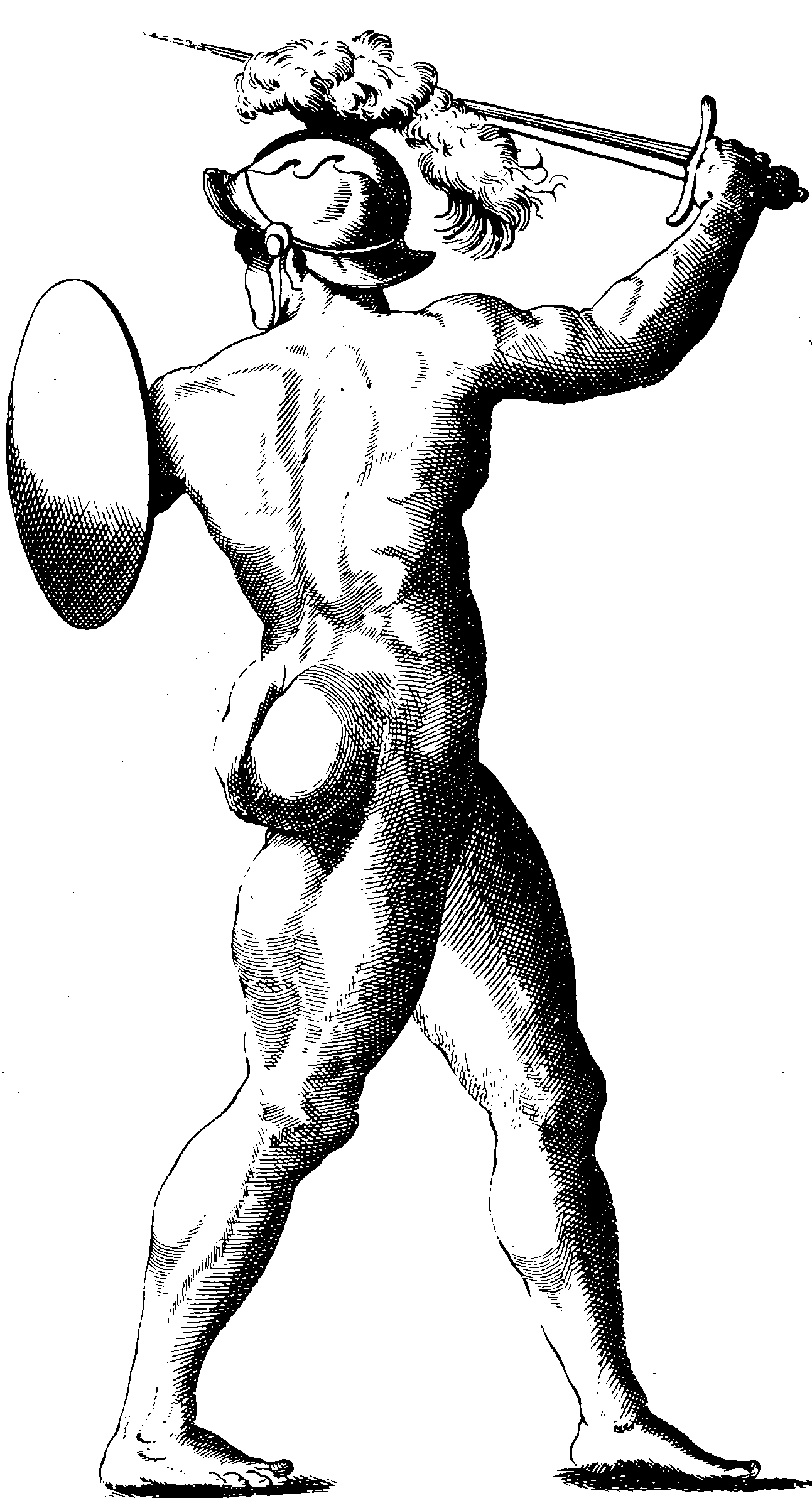Fitness health
Getting swole and/or deferring death
January 17, 2015 — December 13, 2022
Suspiciously similar content
Various notes on fun uses for one’s body, and maintenance thereof. For workplace harm minimisation see ergonomics.
1 Strength training
GMB workouts are fun, as are their guides, e.g. handstands. I’m currently trying to work through their muscle up tutorial. See Menno Henselmanns Optimal program design 2.0. Interesting takeaway: Body-builders are not very good at empirically informed workout design, despite having all the data to hand.
1.1 Food for strength training
Startlingly it is not clear when you should eat protein, but probably big chunks of it all the time is a good idea? e.g. New study: A more even protein distribution can improve your gains. I am not invested enough in this to optimise excessively, how about I just eat healthy stuff I like?
2 Workout apps
Which apps are good for tracking and planning exercise?
I’m currently enjoying Fitbod (affiliate link) which uses some kind of basic but effective regression modelling to suggest optimal workouts. That they want to call this “AI” should not dissuade you; we all need to do unsavoury things to make a living.
Previously I have used JEFIT, YAYOG, Strong.
3 Flexibility
- GMB Fitness, How to Do a Strict Rings Muscle-Up: Muscle-Up Tutorial
- The Best Damn Handstand Tutorial on the Internet 🙌 GMB Fitness
- Metabolic Resistance Training: 3 Benefits (And, 1 Problem)
- GMB Fitness, German Hang Tutorial: Improve Shoulder Mobility & Health
- Mobility Boost
- How to Finally Make Stretching Work for You (even if it never has before)
3.1 PNF stretching
i.e. Proprioceptive Neuromuscular Facilitation (Hindle et al. 2012; Sharman, Cresswell, and Riek 2006). Evidential backing looks good, although I cannot always work out how to find a PNF stretch for a given muscle group.
- PNF Stretching: Technique and Guidelines
- Proprioceptive Neuromuscular Facilitation
- Supine Spinal Rotation PNF - lower back (Hold-Relax)
- PNF Stretches for Back
- Assisted PNF Stretching for the Abductors of the Hip (How To Tutorial)
- ASSISTED PNF STRETCHING of the PSOAS MAJOR MUSCLE, RECTUS FEMORIS MUSCLE, & TFL MUSCLE + THOMAS TEST
- Glute Medius, TFL, IT Band - PNF Stretching
- Six Stretches For Low Back Pain Or Stiffness
4 Data-backed, personalised interventions
See quantified self, biomarkers.
5 Incoming
Max Hertan: “Bryan Johnson sold his company to PayPal for $800 million in 2013. Since then, he’s been investing millions to reduce ageing. In 2021, he reduced his epigenetic age by 5.1 years in 7 months (World Record) Here’s a breakdown of his” Blueprint “and my own experience with it: 🧵 https://t.co/igFya5JLiz” or alternatively I Lowered My Epigenetic Age By 12 Years in Six Months and I Wish I Was Dead
-
On its face, Blueprint seems like a prescription for good health and longevity: diet, exercise, and supplements. Hence many have focused on the specific supplements that Johnson is taking.


